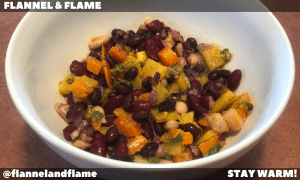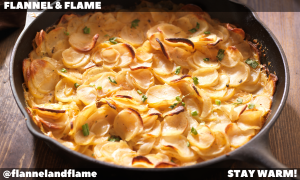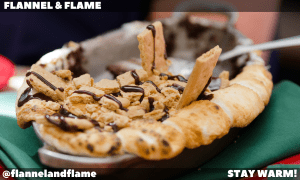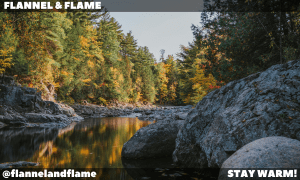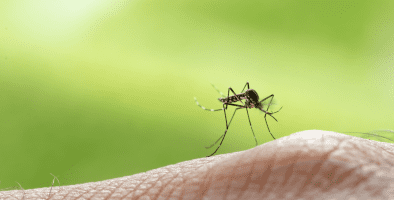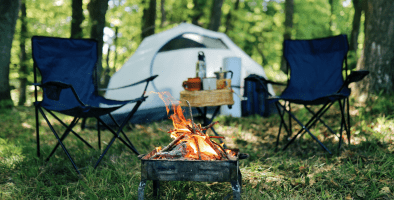How to Add a Pop of Color to Your Campfire: A Guide to Changing Flame Colors with Chemicals
As mesmerizing as campfires are on their own, adding colored flames to the mix can take the experience to a whole new level. Fortunately, it’s possible to change the colors of flames using chemicals that are safe and easy to find. In this blog post, we’ll explore the science behind colored flames and the steps you can take to create a unique and dazzling display at your next campfire.
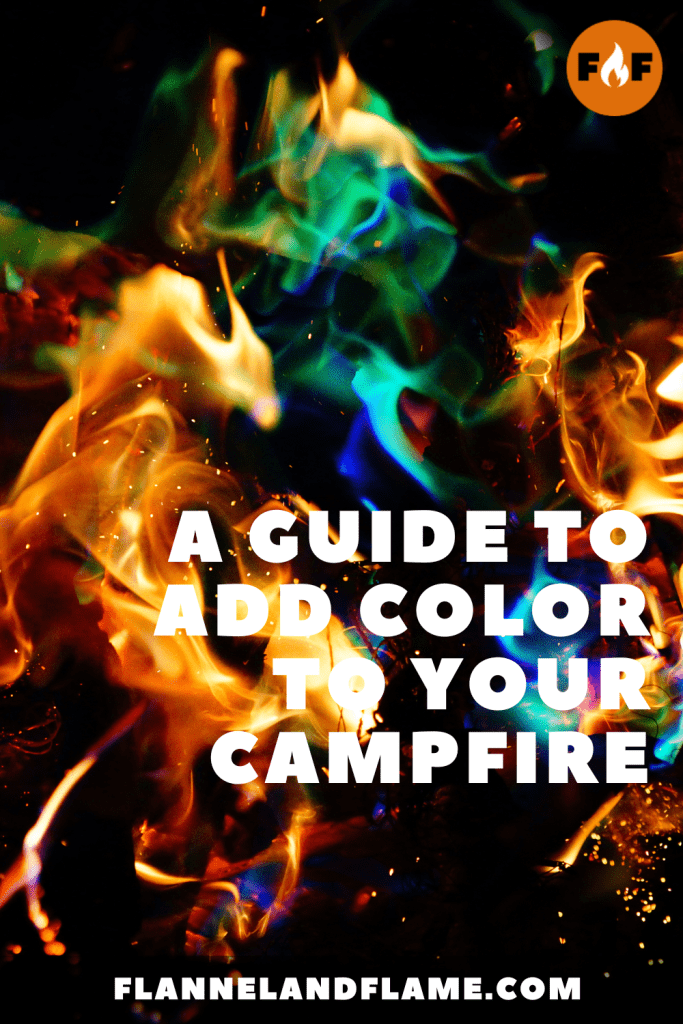
Why do flames change color?
Before we get into the specifics of how to change the colors of flames, it’s important to understand the science behind it. Flames are made up of hot, ionized gases that emit light as they heat up. The color of the light depends on the temperature of the flame and the chemical composition of the material that’s burning.
For example, when wood burns, it releases a mix of gases that include carbon dioxide, water vapor, and nitrogen. These gases react with oxygen in the air to create a flame that emits a yellow-orange glow. However, when you introduce certain chemicals to the flame, they can change the color of the light that’s emitted.
What chemicals can be used to change flame color?
There are several chemicals that can be used to change the color of a campfire. Here are a few of the most common:
- Sodium chloride: Plain ol’ table salt will turn flames a bright yellow.
- Copper sulfate: This chemical is often used to create blue flames.
- Calcium chloride: Adding calcium chloride to a fire can produce a yellow-orange flame.
- Potassium chloride: This chemical can produce a purple flame.
- Boric acid: Adding boric acid to a fire can create a green flame.
- Strontium chloride: This chemical is often used to produce a bright red flame.
It’s important to note that while these chemicals are generally safe, it’s still important to handle them with care. Always wear gloves and eye protection when working with chemicals, and keep them out of reach of children and pets.
How to make different color flames
Now that you know a bit about the science behind colored flames and the chemicals that can be used to produce them, let’s take a look at how to actually change the color of a campfire:
- Choose your chemical: Decide which chemical you want to use to produce the color of flame you’re looking for. It’s important to use the right amount of chemical for your fire size, so be sure to follow the instructions carefully.
- Prepare the chemical: Dissolve the chemical in water and soak it into a dry material, such as sawdust or newspaper. This will help the chemical to burn more evenly and produce a more consistent flame color. Alternatively, spritz the water and chemical solution into the flames with a spray bottle.
- Add the chemical: Once the chemical is prepared, add it to the fire by placing it on top of the logs or tossing it directly into the flames.
- Observe the flame color: As the chemical burns, you should start to see a change in the color of the flames. Be patient, as it may take a few minutes for the full effect to be visible.
- Repeat as desired: If you want to change the color of the flames again, simply add more chemical to the fire and repeat the process.
Safety tips for changing flame color
It’s important to note that while changing the color of your campfire flames can be a fun and exciting activity, it’s also potentially dangerous. These chemicals should be used with caution and always in small amounts. Additionally, it’s important to be mindful of your surroundings and never leave a campfire unattended.
Here are a few tips to keep in mind:
- Use chemicals outdoors only: Changing the color of flames using chemicals should only be done in a well-ventilated outdoor area. Never attempt to do this indoors.
- Wear protective gear: Always wear gloves and eye protection when handling chemicals.
- Keep chemicals out of reach: Make sure that all chemicals are kept out of reach of children and pets.
- Avoid the smoke: Breathing in campfire smoke should always be avoided.
Where can I get the chemicals?
The Magical Flames Fire Color Changing packets contain a mixture of the chemicals listed above, and makes it much easier to add to the fire.
Changing the colors of your campfire flames can be a fun and unique way to enhance your camping experience. With a few simple chemicals and some caution, you can create a beautiful display of colorful flames that will amaze and entertain you and your camping companions.
More from Flannel & Flame…
- Mexican Bean SaladBold, zesty, and bursting with color, this Mexican Bean Salad is a side dish that brings the flavor anywhere you roam. A hearty mix of black, kidney, and cannellini beans comes together with crisp bell peppers, sweet corn, and red onion, all tossed in a citrusy vinaigrette loaded with fresh cilantro and just the right… Read more: Mexican Bean Salad
- Cheesy PotatoesGolden, gooey, and loaded with flavor, these Dutch Oven Cheesy Potatoes are a campfire favorite that never disappoints. Tender hash browns are layered with melted cheese, savory seasonings, and just the right amount of smoky goodness from the fire. Baked slow and steady in a Dutch oven, this comforting side dish is perfect alongside grilled… Read more: Cheesy Potatoes
- Alternatives to S’Mores: Sweet Twists and Campfire Treats You’ll CraveThere’s something undeniably magical about a gooey s’more melting between your fingers under a starlit sky. The way the chocolate gets just soft enough, the marshmallow smolders to a golden hue (or charred to a crisp, if that’s your thing), and the graham crackers give that perfect crunch — it’s the taste of summer, nostalgia,… Read more: Alternatives to S’Mores: Sweet Twists and Campfire Treats You’ll Crave
- Best Hiking in New YorkWilderness, waterfalls, and wonder from the Catskills to the Adirondacks New York might be synonymous with skyscrapers, yellow cabs, and a certain iconic skyline—but trust me, beyond the hustle of the city, the Empire State hides some of the most jaw-dropping trails in the Northeast. We’re talking misty mountaintops, mossy forests, gorges carved by ancient… Read more: Best Hiking in New York


